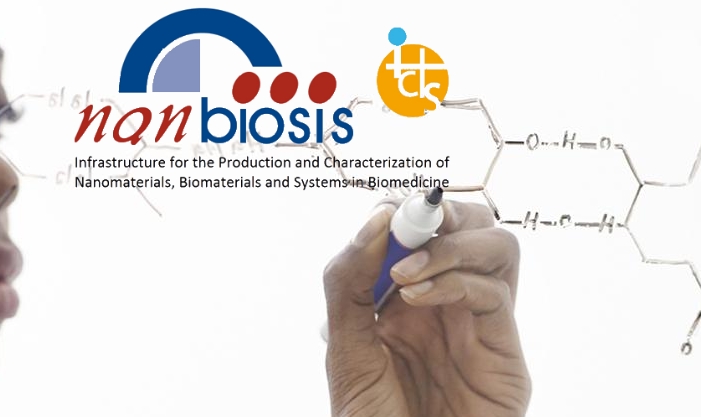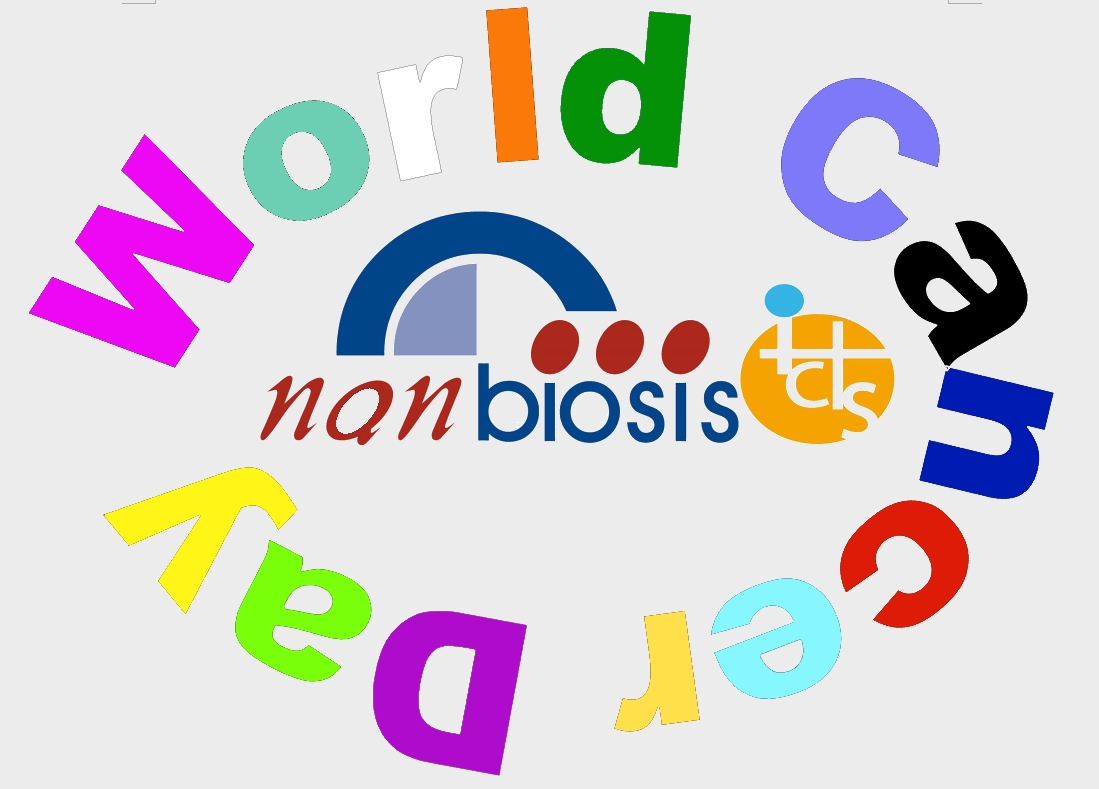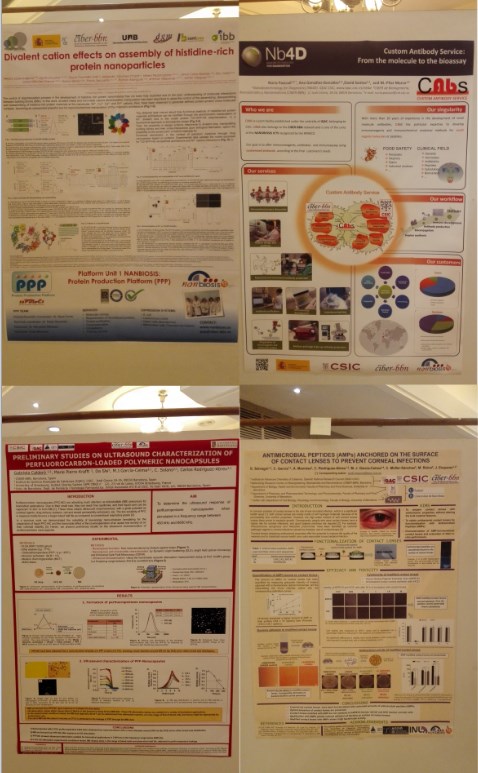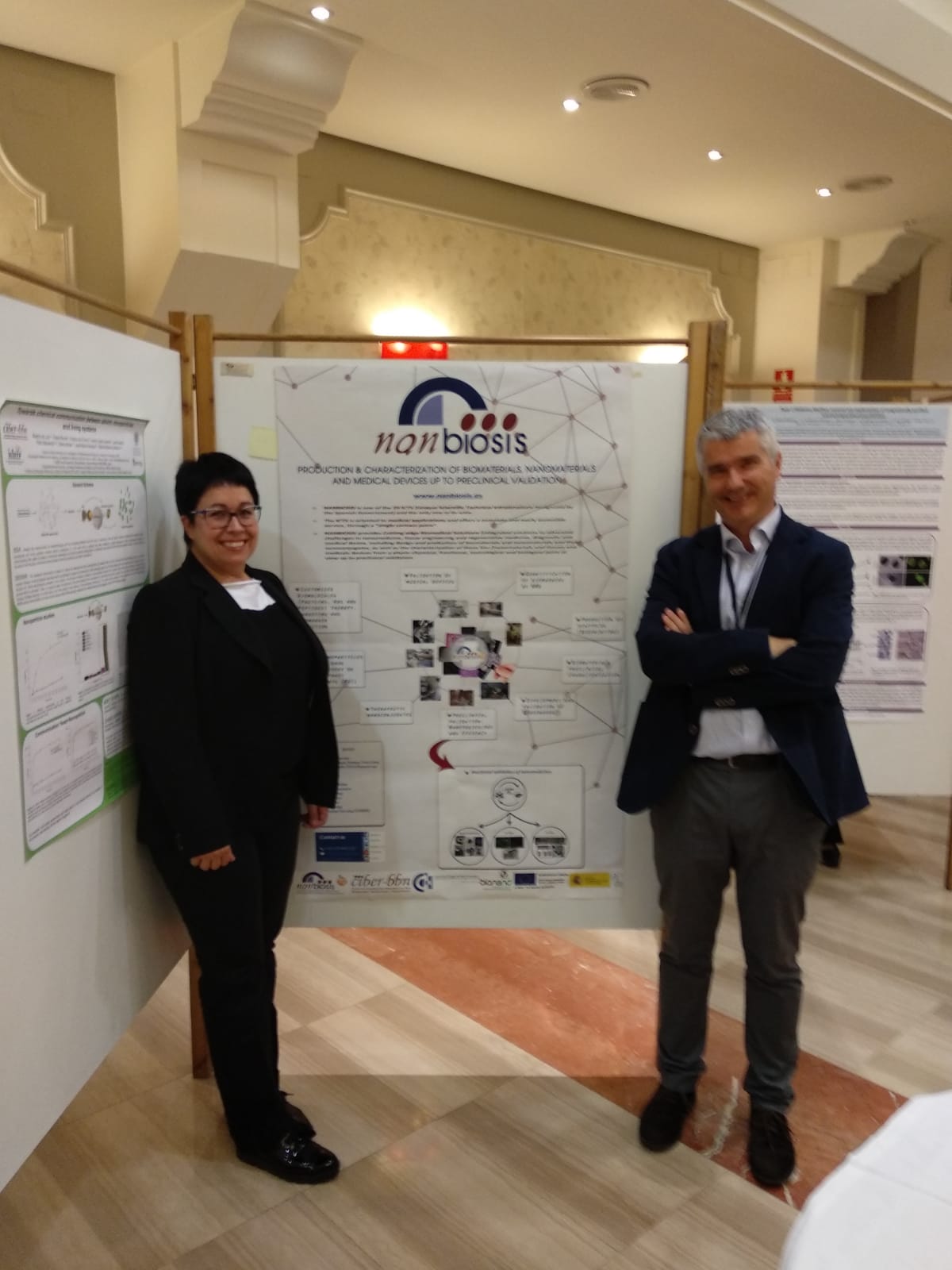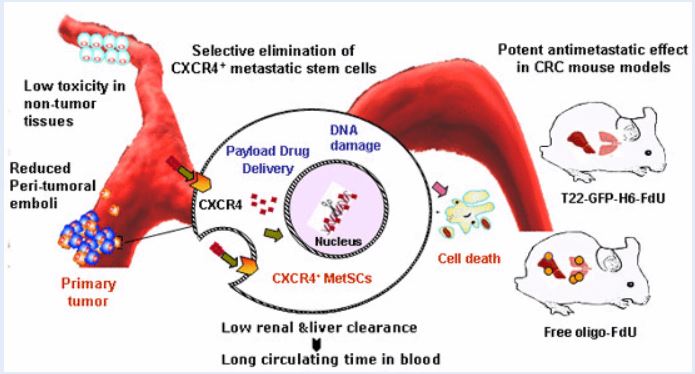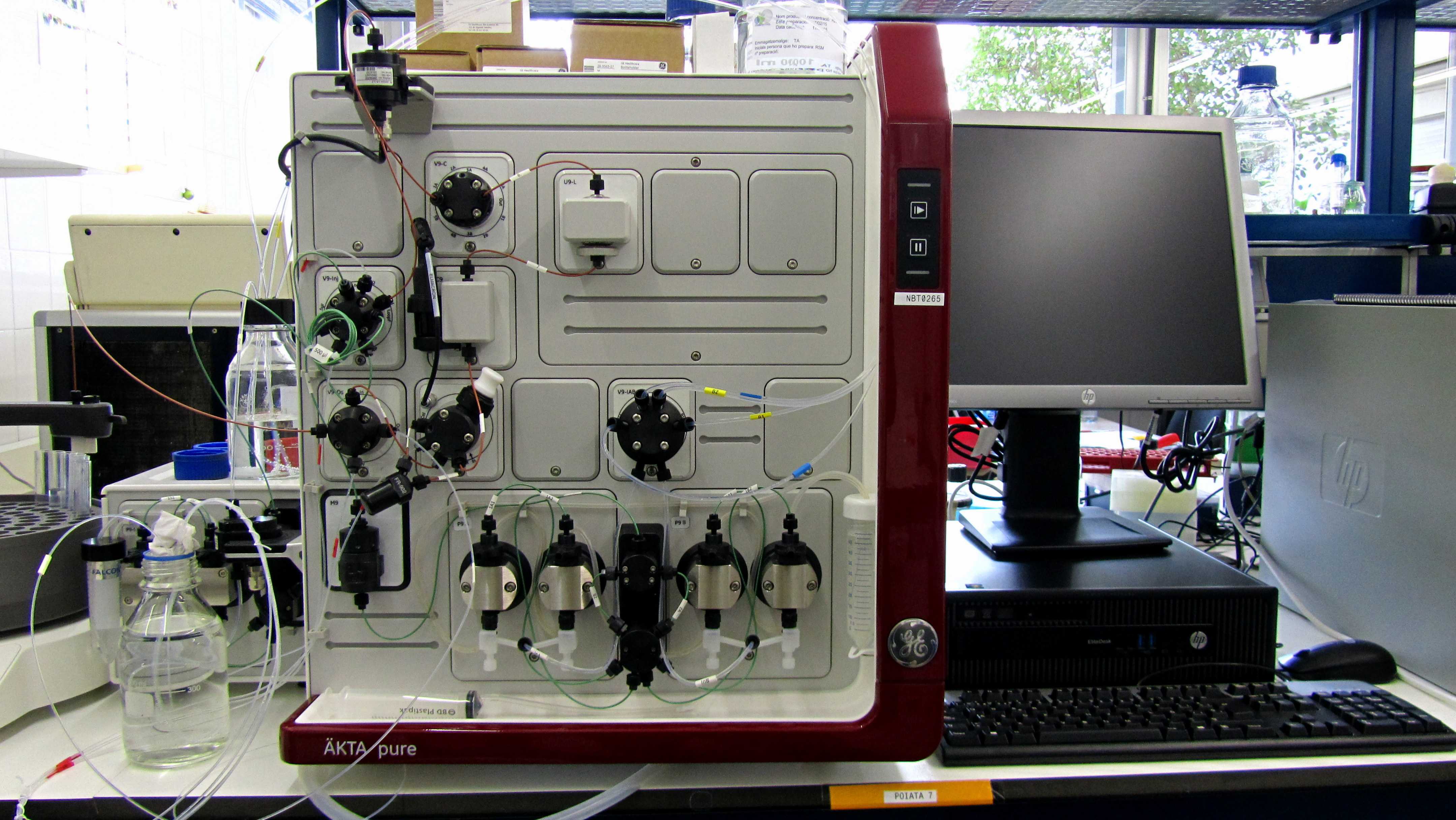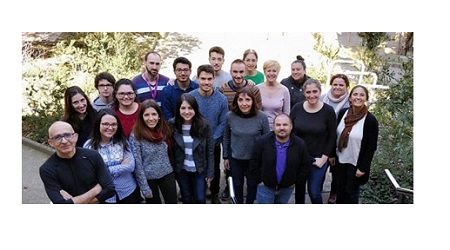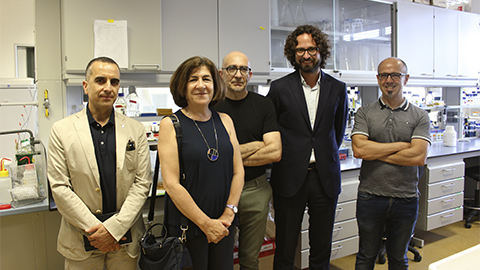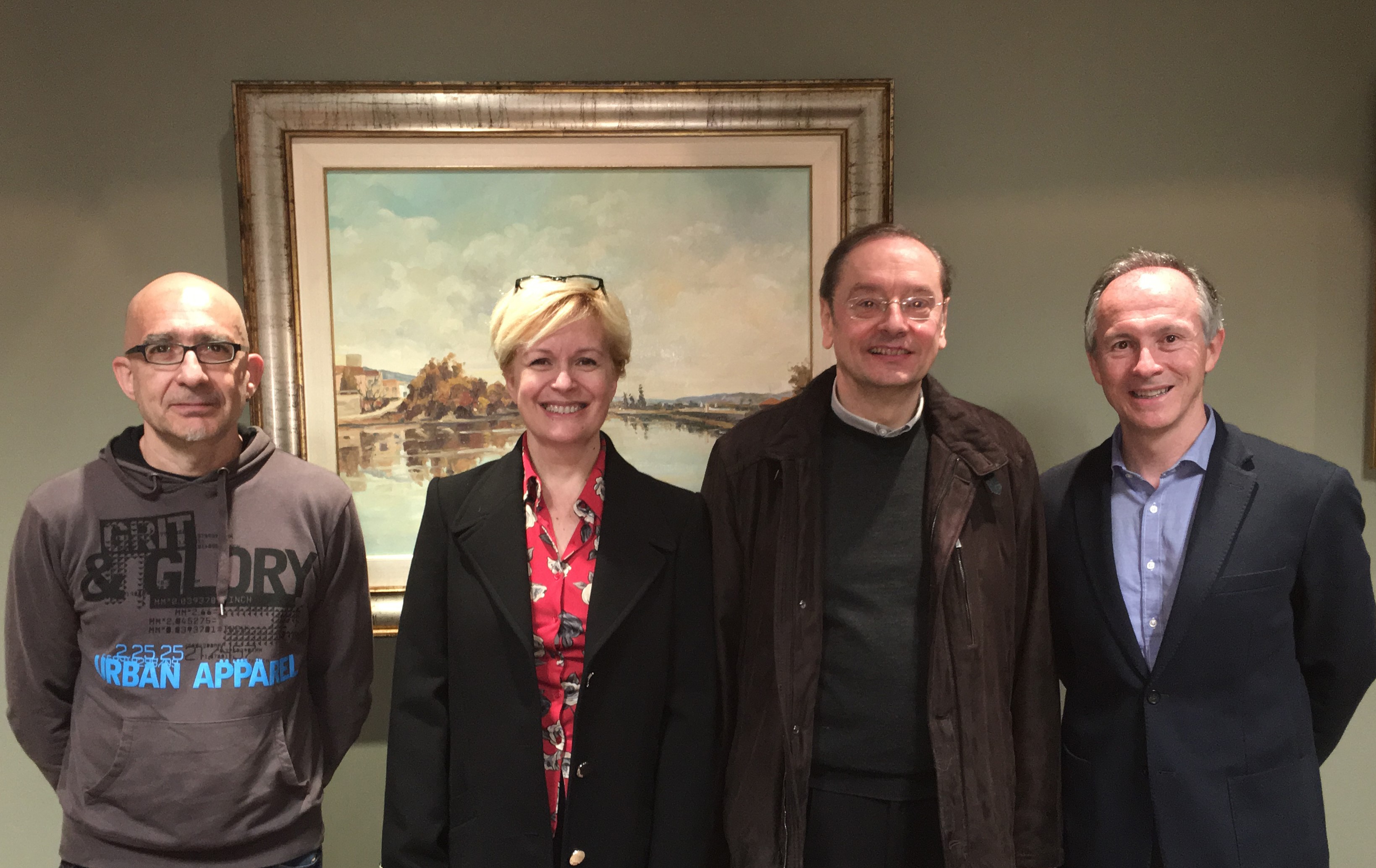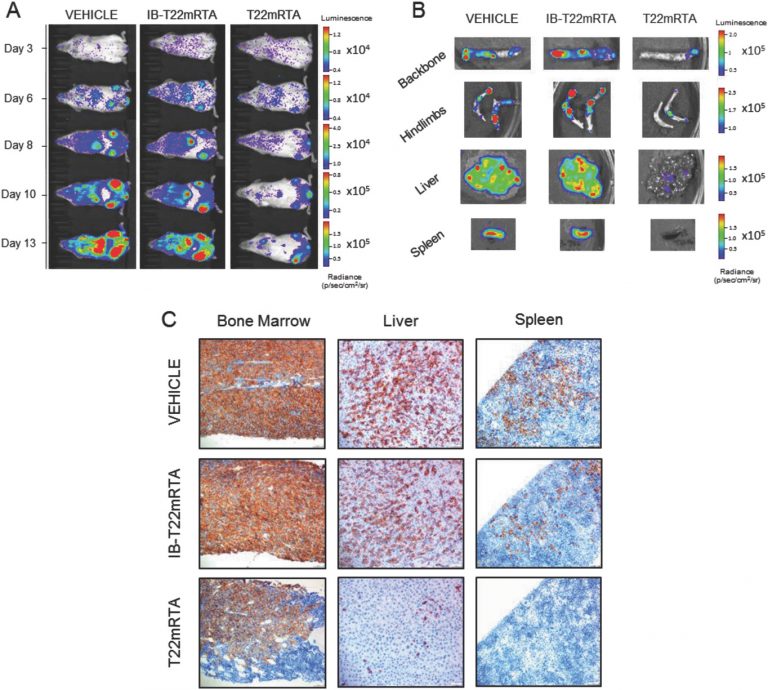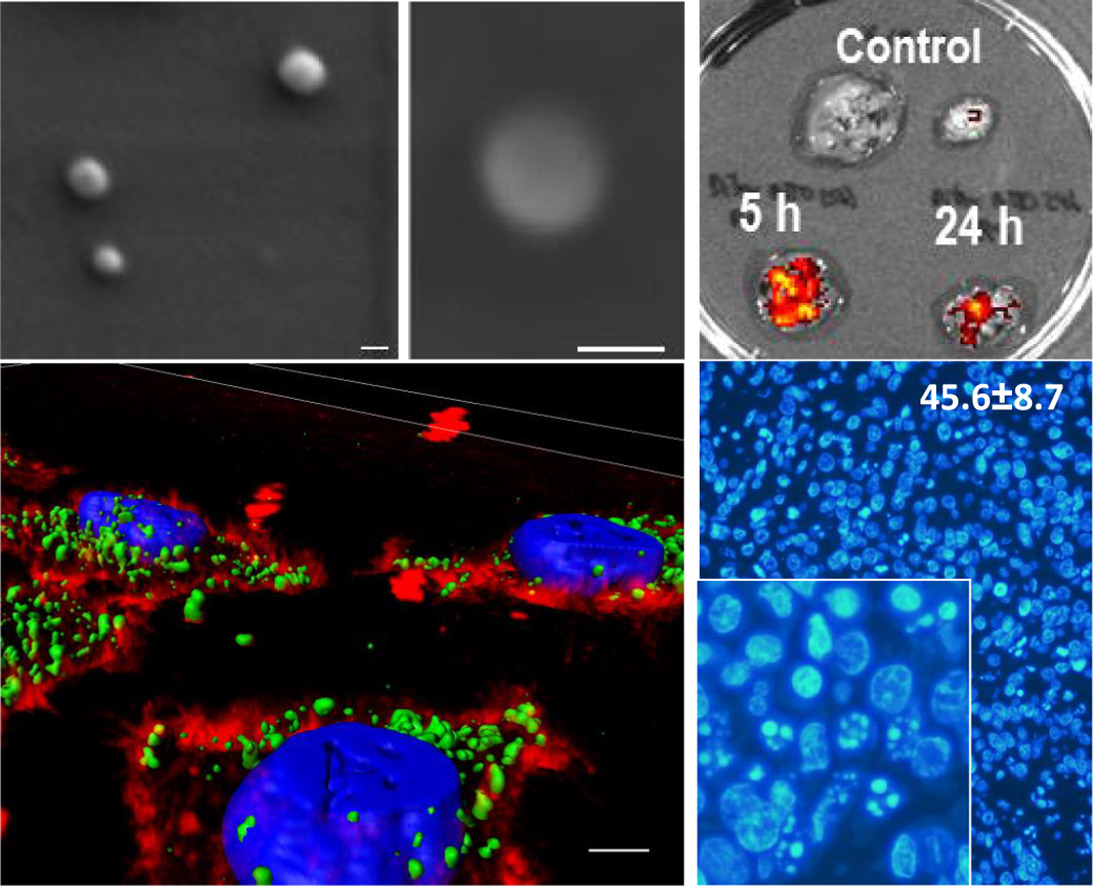NANBIOSIS Scientific Women in the International Day of Women and Girls in Science
Today February 11 is the International Day of Women and Girls in Science, a day to raise awareness of the gender gap in science and technology.
According to the United Nations, while yet women and girls continue to be excluded from participating fully in science, science and gender equality are vital to achieve the internationally agreed development goals, including the 2030 Agenda for Sustainable Development. Thus, in recent years, the international community has made a great effort to inspire and promote the participation of women and girls in science.
NANBIOSIS wants to acknowledge the efforts made by scientific women who struggle every day to contribute their bit to Science and highlight their essential role in nowadays research. Especially we want to recognize the work of scientists women involved in our units, whatever is the nature of their contribution: technical, scientific development, management, coordination, direction, etc; just to mention some examples:
Neus Ferrer in the Scientific Direction of Unit 1 Protein Production Platform (PPP)
Pilar Marco and Nuria Pascual in the Management and Scientific Coordination of U2 Custom Antibody Service (CAbS)
Miriam Royo in the Scientific Direction of U3 Synthesis of Peptides Unit
Laura Lechuga and M.Carmen Estevez in the Direction and Scientific Coordination of U4 Biodeposition and Biodetection Unit
Nora Ventosa and Nathaly Segovia in the Scientific Direction and Technical Coordination of U6 Biomaterial Processing and Nanostructuring Unit
Isabel Oliveira and Teresa Galán in the Coordination of U7 Nanotecnology Unit
Rosa Villa and Gemma Gabriel in the Management and Scientific Coordination of U8 Micro – Nano Technology Unit
Gema Martínez in the Scientific Coordination of U9 Synthesis of Nanoparticles Unit
Fany Peña in the Scientific Coordination of U13 Tissue & Scaffold Characterization Unit
Mª Luisa González Martín in the of Direction and Scientific Coordination of U16 Tissue & Scaffold Characterization Unit
Gemma Pascual and Isabel Trabado in the Coordination of the U17 Confocal Microscopy Service
Mª Virtudes Céspedes in the Scientific Coordination of U18 Nanotoxicology Unit
Beatriz Moreno in the Scientific Direction of Unit 19 Clinical tests lab
Ibane Abásolo in the Scientific Coordination of Unit 20 In Vivo Experimental Platformt
Verónica Crisóstomo in the Scientific Direction of Unit 24 Medical Imaging
Ana Paula Candiota in the Scientific Coordination of Unit 25 Biomedical Applications I
Maria Luisa García in the Scientific Direction of U28 NanoImaging Unit from Bionand, recently incorporated to NANBIOSIS
Thanks to all of you and your teams!
